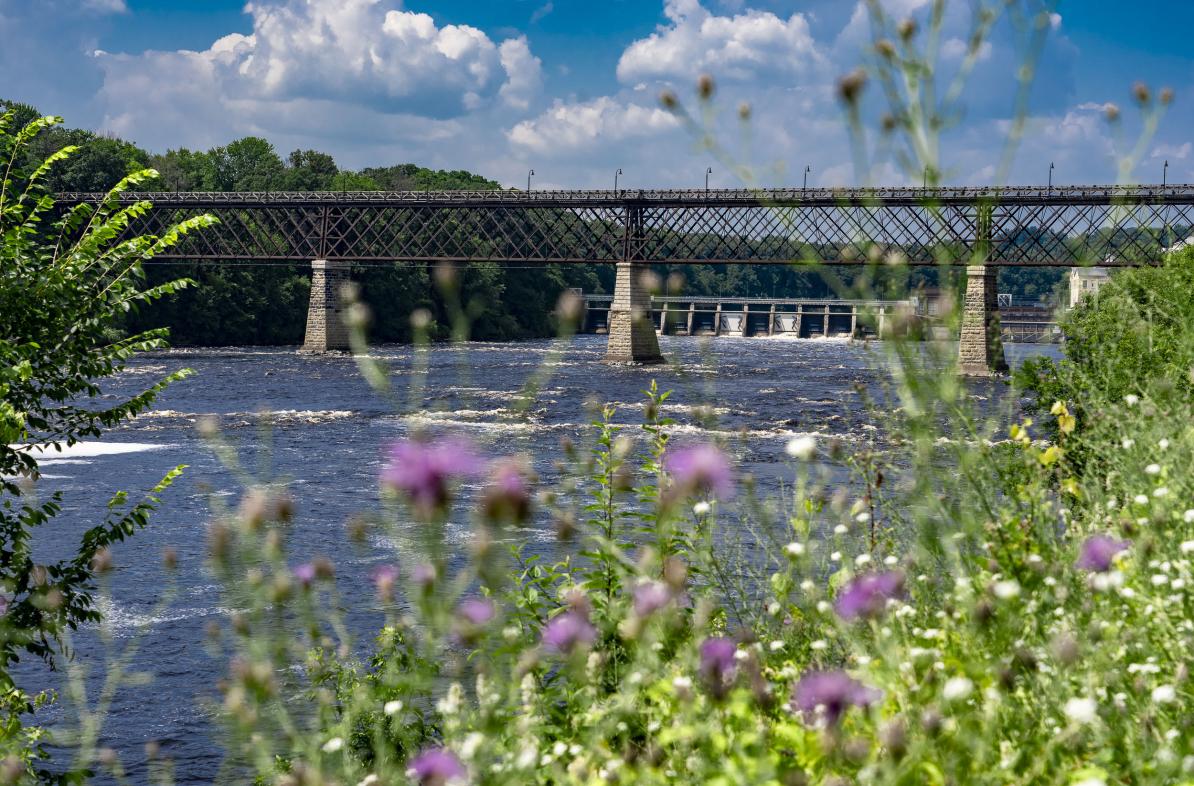The bridge rehabilitation received two awards in 2023: The Wisconsin Historical Society Historic Preservation Award and the American Public Works Association Wisconsin chapter award for Small Cities/Rural Communities Project of the Year.
The High Bridge is the second project from the spring 2017 UW-Eau Claire class to be named to the State Register of Historic Places. The Soo Line Railroad Bridge, referred to locally as the S-Bridge, near Banbury Place was named to the state and national registers in 2022.
Rachel Lange, curator at the Chippewa Valley Museum, was a student in the 2017 UW-Eau Claire public history class. Her team researched the history of the S-Bridge as she was completing her undergraduate work, and she had just moved back to Eau Claire to work when she found out the bridge had been accepted onto the register.
“We knew it was a possibility early on in the project that the bridges could end up on the register, but knowing that they actually did has been incredibly cool,” says Lange, who earned a bachelor’s degree in public history at UW-Eau Claire. “A lot of time and effort went into the projects, and it was a full-circle moment for me.”
Lange says the public history seminar class was valuable to her personally as it helped her approach projects from a variety of angles to get the best outcome.
“It was really key to helping me get comfortable with researching projects instead of just events and people,” Lange says. “This is a skill I use every day in my job.”






